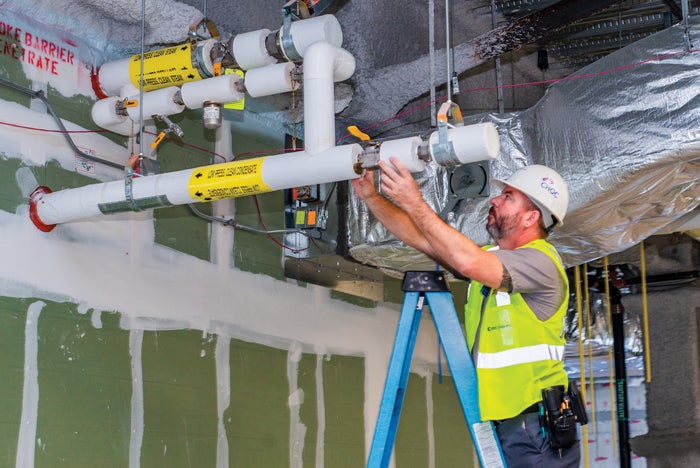Understanding building code scope requirements
Contrary to popular belief, not every code requirement applies all the time. Buildings have a life cycle of decades, while each edition of the code has a life cycle of three to four years. Practice and practicality have been relied upon to provide a logical approach to the application of standards over the years.
Health facilities professionals aren’t required to rebuild a building just because a new version of the code has been published. However, this unwritten approach was inconsistent at best. As codes have developed, this concept has been memorialized in specific directions called “scoping requirements.”
Scope means the extent to which a specific requirement is relevant to a particular condition. Scoping requirements and the closely related applicability requirements are now included in most major construction codes. These can range from applying broadly to the entire document: “this document applies to the design and construction of new Xs” to the specific “After 1985, all newly installed Ys must be provided with Zs.”
Most of the broad requirements are contained in the first few sections of a document or chapter. Unfortunately, many users, eager to know the technical requirements, skip past these important directives. Users who have a clear understanding of scope and applicability will have an easier time navigating requirements in design and survey.





